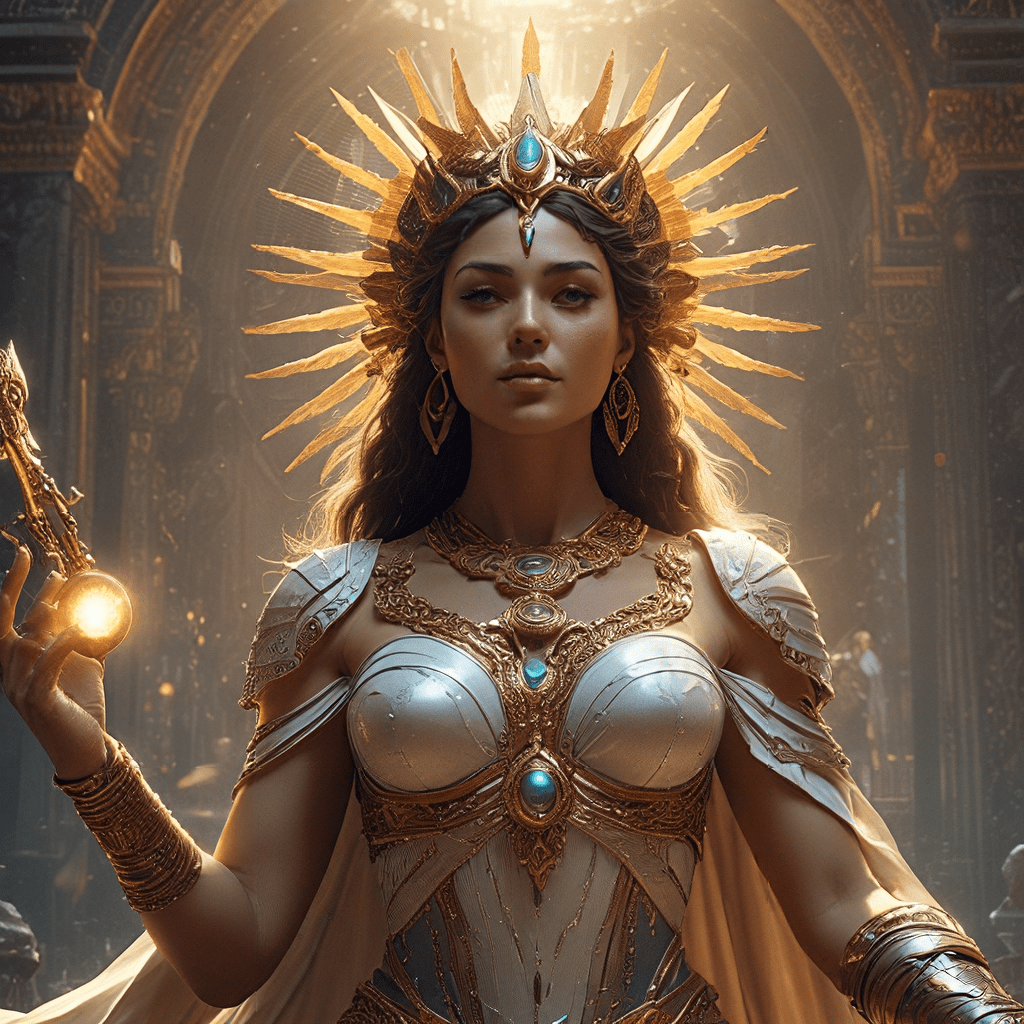1. Introduction: Bast, Beyond the Cat
Bast, the Egyptian goddess often depicted as a cat, is far more than a cuddly feline companion. While cats held a special place in ancient Egyptian culture, Bast’s influence extended beyond the realm of domestic animals. She was a powerful deity, revered for her role in protecting the sun god Ra, ensuring prosperity, and guiding souls in the afterlife. Many believe Bast was solely a goddess of cats and fertility, but her role in the afterlife is just as important. This exploration delves into the multifaceted nature of Bast, unveiling her true power and significance in ancient Egyptian mythology.
2. Bast’s Origins and Evolution
The origins of Bast, like many Egyptian deities, are deeply rooted in ancient beliefs and rituals. Early depictions of Bast, dating back to the Old Kingdom, showcase her as a lioness goddess, highlighting her strength and protective nature. During the Middle Kingdom, Bast evolved into a feline deity, her association with cats solidifying her connection to the domestic sphere, particularly as a protector of homes and families. Bast’s prominence reached its peak during the Late Period, where she became a major goddess, worshipped throughout Egypt. Temples dedicated to her were built in various cities, particularly in Bubastis, where she was considered the city’s patron deity.
3. Bast’s Connection to the Sun God
The relationship between Bast and Ra, the sun god, is central to understanding her role in the afterlife. As a protective deity, Bast was entrusted with safeguarding Ra during his daily journey across the sky, warding off evil spirits and ensuring his safe return. This association with the sun god linked Bast to the concept of light and warmth, essential for life and prosperity. Her connection to Ra further highlighted her role as a guardian of both the physical and spiritual realms, paving the way for her involvement in the afterlife.
4. Bast as a Guardian of the Afterlife
While Bast’s role as a protector of Ra is well-known, she was also a formidable guardian in the afterlife. The ancient Egyptians believed that upon death, souls embarked on a perilous journey through the underworld, facing various challenges and trials. Bast played a crucial role in this process, guiding souls through the treacherous terrain, protecting them from harmful creatures, and ensuring their safe passage into the Hall of Judgment. She was seen as a compassionate and caring guide, offering comfort and support to the deceased as they navigated the complexities of the afterlife.
5. The Cat’s Role in Egyptian Beliefs
The reverence for cats in ancient Egypt is undeniable. These creatures were considered sacred, symbolizing the watchful eye of Bast. Their ability to hunt and protect homes from vermin mirrored Bast’s own role as a guardian deity. The association of cats with the afterlife stems from their connection to Bast. The ancient Egyptians believed that cats, like their divine counterpart, could protect souls during their journey in the afterlife. Mummified cats have been discovered in tombs, further showcasing their importance in death rituals and their enduring connection to Bast.
6. Bast’s Powers and Symbolism
Bast’s power and symbolism were multifaceted, encompassing love, fertility, protection, and the afterlife. She was often depicted as a beautiful woman with a cat’s head, sometimes holding a sistrum, a musical instrument associated with joy and celebration. The lotus flower, symbolizing rebirth and renewal, was also a significant symbol associated with Bast. These attributes highlight her diverse roles and influence on various aspects of ancient Egyptian life. She was a protector of women and children, a symbol of fertility and prosperity, a guardian of the sun god, and a guide through the afterlife.
7. Bast’s Temples and Festivals
Bast was revered throughout Egypt, but her most prominent temple was located in Bubastis, a city in the Nile Delta. This temple served as a focal point for her worship, attracting pilgrims and devotees from far and wide. A major festival dedicated to Bast took place in Bubastis every year, drawing massive crowds who participated in elaborate rituals, including music, dancing, and feasting. These events were a testament to the importance of Bast in ancient Egyptian life, showcasing her role as a powerful deity who was both revered and celebrated.
8. Bast’s Influence on Egyptian Art and Literature
Bast’s image and symbolism are prominently displayed in ancient Egyptian art and literature. She is often depicted in paintings, sculptures, and jewelry, showcasing her connection to the sun god, to the domestic sphere, and to the afterlife. Her role in myths and legends further reinforces her significance. Bast’s story, where she protects Ra from the serpent Apophis, highlights her courage and loyalty, further solidifying her position as a powerful and protective deity. Her image and symbolism continue to influence modern interpretations of ancient Egypt, showcasing her enduring legacy.




